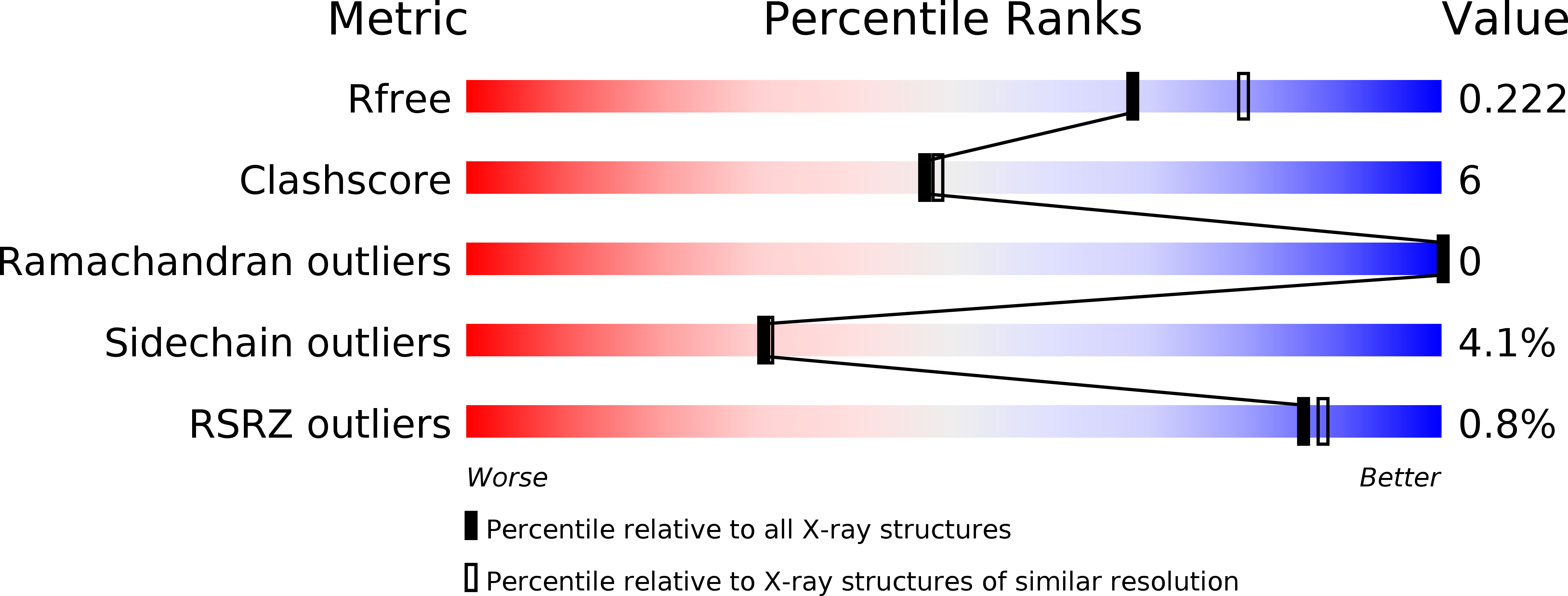
Deposition Date
2009-09-22
Release Date
2009-11-03
Last Version Date
2024-10-16
Entry Detail
Biological Source:
Source Organism:
Enterococcus faecium (Taxon ID: 1352)
Host Organism:
Method Details:
Experimental Method:
Resolution:
2.10 Å
R-Value Free:
0.22
R-Value Work:
0.17
R-Value Observed:
0.18
Space Group:
P 21 21 21


